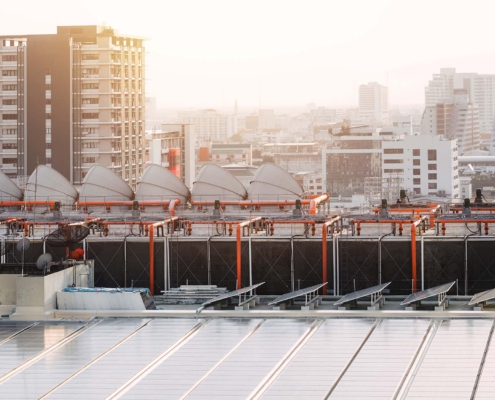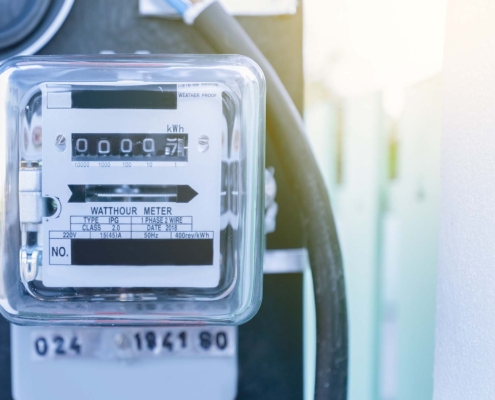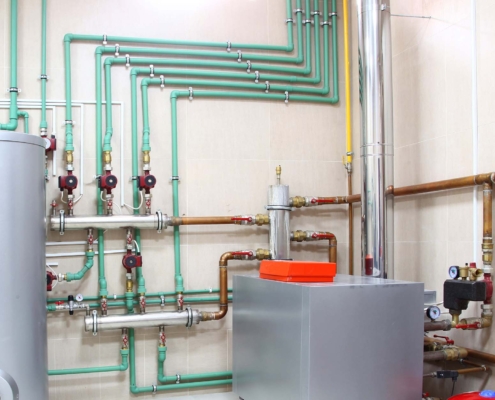 https://www.aircomfort.com/wp-content/uploads/2022/10/What-Is-IECC-and-How-Does-It-Affect-Your-Business__.jpg
1250
2000
Ike Oji
/wp-content/uploads/2021/08/AC_Logo_FIN_-wTag.png
Ike Oji2022-10-31 09:00:002023-04-27 15:24:16What is the IECC?
https://www.aircomfort.com/wp-content/uploads/2022/10/What-Is-IECC-and-How-Does-It-Affect-Your-Business__.jpg
1250
2000
Ike Oji
/wp-content/uploads/2021/08/AC_Logo_FIN_-wTag.png
Ike Oji2022-10-31 09:00:002023-04-27 15:24:16What is the IECC?3 Strategies to Improve Indoor Air Quality
Poor indoor air quality can quickly compromise comfort and health. Dust, pollen, pet dander, chemicals, and mold can all cause coughing, sneezing, headaches, and worse. If left unchecked, poor indoor air quality can result in sick building syndrome. A workplace that suffers sick building syndrome can cost employers significantly due to worker absenteeism and reduced productivity. A residential building afflicted with sick-building syndrome will not only become uncomfortable, but dangerous as well. Fortunately, there are a few HVAC solutions to consider if you fear your building may be suffering from a contaminant build up. This article will evaluate and outline the effectiveness of each step.
1. Source Control
One of the most effective ways to improve indoor air quality is to eliminate contaminants before they have the chance to linger or spread throughout an entire building. Depending on the contaminant, different source control methods can be applied. Pollution from cleaning products and construction can be mitigated by using low-emission products and following correct dilution and mixing protocols. Smoking and industrial fumes can be controlled by using ventilation hoods and directing airflow with an HVAC building control system. For most buildings and residential spaces, source control can be a more cost-efficient approach to protecting indoor air quality than increasing ventilation.
2. Ventilation Improvements
Another approach to lowering the concentrations of indoor air pollutants in your building is to increase the amount of outdoor air coming indoors. Opening windows and doors and operating windows or attic fans, when the weather permits, are some ways to increase necessary air flow. Local bathroom or kitchen fans that exhaust outdoors remove contaminants directly from the room where the fan is located and improve the outdoor air ventilation rate. It is particularly important to take as many of these steps as possible while you are involved in short-term activities that can generate high levels of pollutants. Painting, paint stripping, heating with kerosene heaters, cooking, welding, soldering, and sanding all consistently demand airflow. Finally, advanced designs in new homes are starting to feature mechanical systems that bring outdoor air into the house.
3. Air Cleaners
Lastly, localized air cleaners can be useful in improving a building’s indoor air quality. There are many types and sizes of air cleaners on the market, ranging from relatively inexpensive table-top models to sophisticated and expensive whole-house systems. Some air cleaners are highly effective at particle removal. The effectiveness of an air cleaner depends on how well it collects pollutants from indoor air and how much air it draws through the cleaning or filtering element. Another critical factor in determining the effectiveness of an air cleaner is the strength of the pollutant source. Table-top air cleaners may not remove adequate amounts of pollutants from strong nearby sources. People with a sensitivity to sources may find that air cleaners are helpful only in conjunction with concerted efforts to remove the cause. Finally, the long-term performance of any air cleaner depends on maintaining it according to the manufacturer’s directions.
Improve Your Air Quality With Air Comfort
By taking the right steps and installing the necessary equipment, your home or building will never have to suffer from poor indoor air quality. If you notice people sneezing and wheezing after spending time in your building, reach out to the air quality experts at Air Comfort. We have over 80 years of experience and credibility as one of Chicagoland’s premier service, commercial and industrial mechanical contractors. We continually strive to improve, so that we continue to offer cutting-edge mechanical expertise. If you need HVAC solutions to better the air you breathe, don’t hesitate to reach out today.
Related Postings
 https://www.aircomfort.com/wp-content/uploads/2022/10/What-Is-IECC-and-How-Does-It-Affect-Your-Business__.jpg
1250
2000
Ike Oji
/wp-content/uploads/2021/08/AC_Logo_FIN_-wTag.png
Ike Oji2022-10-31 09:00:002023-04-27 15:24:16What is the IECC?
https://www.aircomfort.com/wp-content/uploads/2022/10/What-Is-IECC-and-How-Does-It-Affect-Your-Business__.jpg
1250
2000
Ike Oji
/wp-content/uploads/2021/08/AC_Logo_FIN_-wTag.png
Ike Oji2022-10-31 09:00:002023-04-27 15:24:16What is the IECC? https://www.aircomfort.com/wp-content/uploads/2022/09/Electrical-equipment.energy-meter-is-a-device-that-measures-the-amount-of-electric-energy-consumed-by-a-residence.jpg
1250
2000
Valeriia Mamleeva
/wp-content/uploads/2021/08/AC_Logo_FIN_-wTag.png
Valeriia Mamleeva2022-09-22 09:00:052023-04-27 15:24:16How To Reduce Energy Use in Commercial Buildings
https://www.aircomfort.com/wp-content/uploads/2022/09/Electrical-equipment.energy-meter-is-a-device-that-measures-the-amount-of-electric-energy-consumed-by-a-residence.jpg
1250
2000
Valeriia Mamleeva
/wp-content/uploads/2021/08/AC_Logo_FIN_-wTag.png
Valeriia Mamleeva2022-09-22 09:00:052023-04-27 15:24:16How To Reduce Energy Use in Commercial Buildings https://www.aircomfort.com/wp-content/uploads/2022/09/boiler-room_.jpg
1250
2000
Valeriia Mamleeva
/wp-content/uploads/2021/08/AC_Logo_FIN_-wTag.png
Valeriia Mamleeva2022-09-15 09:00:372023-04-27 15:24:16How To Identify Common Boiler Problems
https://www.aircomfort.com/wp-content/uploads/2022/09/boiler-room_.jpg
1250
2000
Valeriia Mamleeva
/wp-content/uploads/2021/08/AC_Logo_FIN_-wTag.png
Valeriia Mamleeva2022-09-15 09:00:372023-04-27 15:24:16How To Identify Common Boiler Problems

About
Air Comfort’s mission is to work closely with customers to provide a true “comfort level” for their businesses, with uninterrupted performance and round-the-clock reliability.

